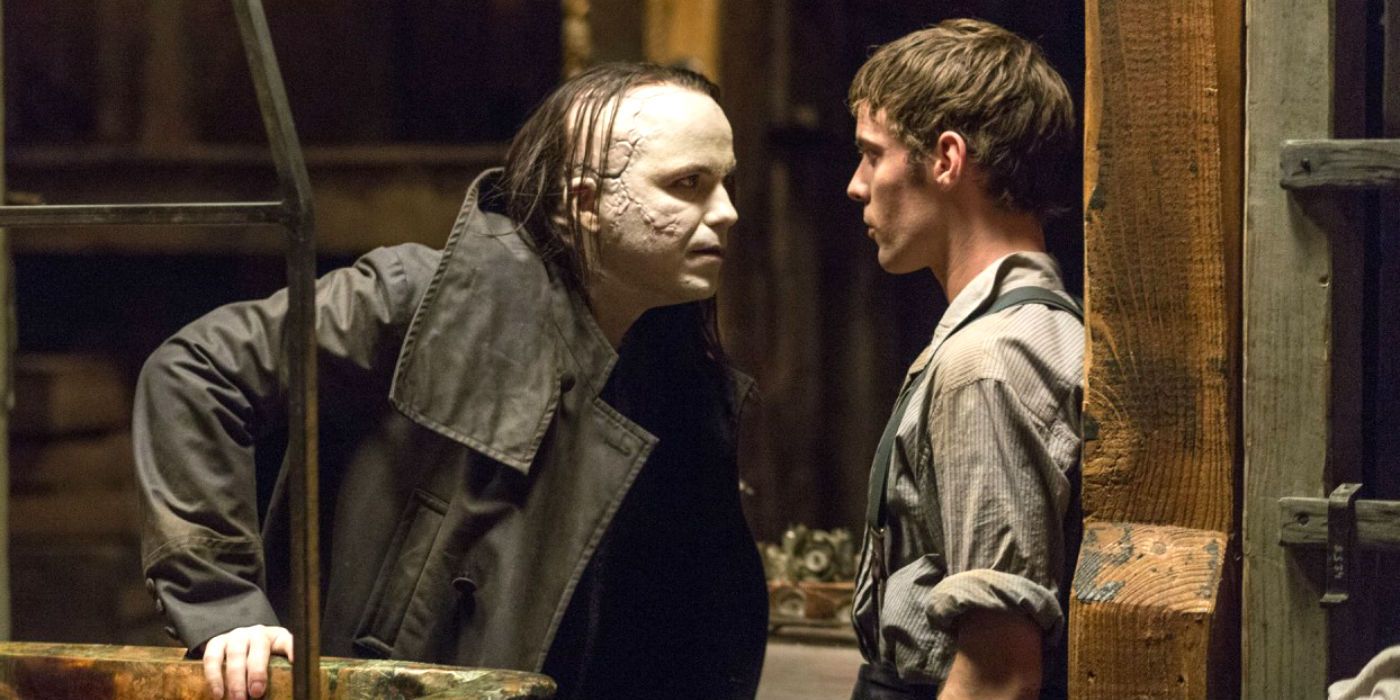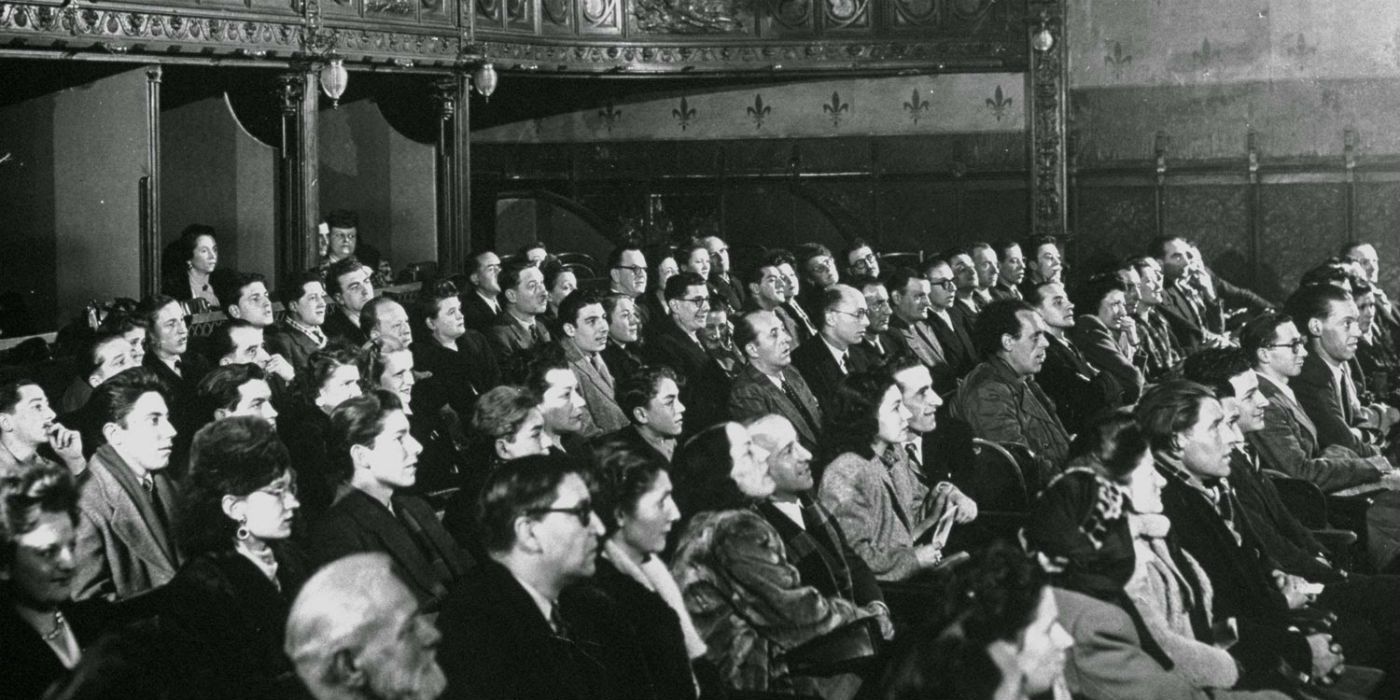
Penny Dreadful brought many elements of classic and Victorian-era horror to life in Showtime's series, and its inclusion of the Grand Guignol theater explored the genre's deep roots in history.
The gothic horror series ran on Showtime for three seasons from 2014-2016. After its third season finale, show runner John Logan stated that the series had reached a conclusion and would not continue. Penny Dreadful embraced many classic tropes from Victorian-era and gothic horror through its inclusion of werewolves, Dorian Gray, and adapted stories like Dracula and Frankenstein. Another unique aspect of the series, however, was its ability to adapt aspects of horror's historical roots. In the first season, the Grand Guignol theater is a prominent location that one character in particular, John Clare (Rory Kinnear), adopts as near and dear to his heart, as it is one of the few places that seems to accept him.
Though the theater in Penny Dreadful was a fictional location based on London's Wilton's Music Hall, the history behind the location is a prominent facet of not only performance art in general, but harkens back to horror movies' humble beginnings as over-the-top, live theatre that wasn't for the faint of heart.

Though the setting of Penny Dreadful was in Victorian-era London, the origins of the Grand Guignol date back to a theater in Paris, France which opened in 1897. The theater, which began showing one act plays about the ordinary life of Parisian people soon found that audiences truly desired something more grotesque and violent. The series was based off the term "penny dreadfuls", which described books of a similarly violent nature that could be purchased cheaply; these were common during the 19th century. With Mary Shelley's Frankenstein surging in popularity as well, along with other stories that were explored in the series, it's obvious that audiences loved horror even centuries ago.
After seeing this desire for more blood and violence on stage, the theater (Le Théâtre De Grand-Guignol, which means "The Theatre of the Great Puppet") in Paris began to develop this unique form of performance that was based around grotesque, convincing, and realistic horror stories. During these performances, it was common for violent deaths to occur onstage, with copious amounts of fake blood spray and prosthetics used to signify dismemberment and other horrible forms of torture. In one of the most famous plays, The Torture Garden, early forms of latex were used in order to produce the effect of someone being skinned alive. Some of the other themes explored involved death, sex, and insanity. The theatre also explored contemporary fears such as claustrophobia, infection, mutilation, revenge, etc.
Unlike other forms of live performance art, which traditionally used only male actors, women were allowed to act in these types of productions, though were often killed horribly. One of the best known performers from this genre, Paula Maxa, who performed from 1917 to the 1930s, was known as "the most assassinated woman in the world". Some sources say that she was murdered more than 10,000 times onstage throughout the course of her career. Interestingly, this type of performance art was very popular in France, but when it moved to England, faced harsh scrutiny and censorship. Penny Dreadful explored the theatrics of the Grand Guignol-style plays in London, but historically speaking, much of this tradition is tied to France.
from ScreenRant - Feed https://ift.tt/37qPNEm

0 Comments